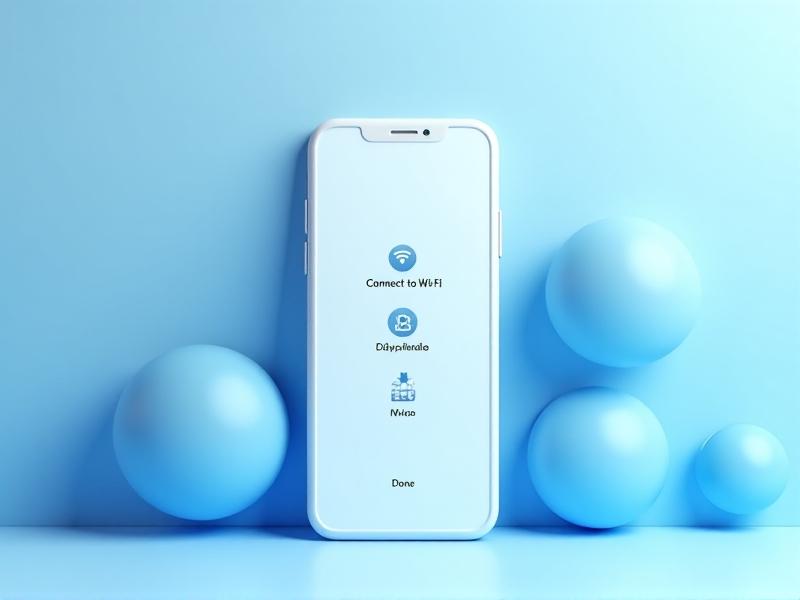Voice Command Setup Fatigue Reduction
The Hidden Cost of Convenience: Understanding Voice Command Setup Fatigue
Voice command technology promises seamless interaction with our devices—until setup becomes a labyrinth of frustration. Users often face lengthy processes involving app downloads, account creation, repetitive voice samples, and compatibility checks across devices. This friction creates "setup fatigue," a psychological burden that discourages adoption or leads to abandoned devices. The problem intensifies with smart homes, where each gadget—lights, thermostats, speakers—requires its own configuration. Even tech-savvy users dread the 20-minute setup tutorials or troubleshooting Wi-Fi hiccups. This fatigue isn’t just inconvenient; it erodes trust in voice technology’s core promise: simplicity.

Simplifying the Journey: Design Principles for Reducing Setup Steps
Minimizing setup friction starts with rethinking user pathways. Designers can prioritize "zero-touch" onboarding—for example, syncing voice profiles across devices automatically via cloud accounts. Pre-configured defaults, like smart speakers recognizing common Wi-Fi networks, eliminate redundant inputs. Another strategy is progressive disclosure: only asking for essential information upfront, then gradually introducing advanced features. Visual aids, such as QR codes for instant device pairing, reduce manual typing. Case studies from companies like Sonos reveal success with "one-tap calibration," where room-specific sound optimization happens autonomously. The goal isn’t just fewer steps, but smarter ones that align with natural user behavior.

Breaking Down Silos: The Role of Cross-Device Standardization
Voice ecosystems often operate in isolation—Apple’s Siri, Google Assistant, and Amazon Alexa each demand proprietary setups. This fragmentation forces users to repeat configurations for every new device or service. Universal protocols like Matter aim to resolve this by enabling cross-platform compatibility. Imagine buying a smart bulb that instantly syncs with your existing voice assistant without app downloads. Brands like Samsung and Philips Hue already use Matter to streamline integrations. For consumers, this means fewer passwords to remember, fewer apps to juggle, and one unified voice profile that travels with them. Standardization isn’t just technical; it’s a usability breakthrough.

Learning as You Go: Adaptive Voice Systems That Minimize Manual Tweaking
Why should users dictate every preference manually? Modern AI enables voice assistants to infer habits over time. For example, adjusting thermostat settings based on recurring "goodnight" commands or learning preferred news sources without explicit input. Microsoft’s Cortana and Google’s Ambient Computing initiatives already employ such context-aware algorithms. These systems reduce setup fatigue by doing the work invisibly—like a concierge who learns your coffee order without being told. However, transparency is critical: users must trust that their data isn’t misused. Balancing automation with privacy will define the next era of voice technology.

From Annoyance to Acceptance: Psychological Strategies for Reducing User Resistance
Setup fatigue isn’t just about time—it’s about perceived effort. Behavioral science offers solutions. Gamification elements, like progress bars or celebratory animations after completing setup steps, make the process feel rewarding. Microcopy matters: replacing technical jargon ("SSID authentication") with friendly language ("Connect to your Wi-Fi") lowers anxiety. Anchor devices, such as a primary voice assistant that configures secondary gadgets autonomously, also help. A study by Northeastern University found that users who received instant feedback during setup—like a voice confirming "I’ve got that!"—reported 30% less frustration. By addressing emotional pain points, brands can turn dreaded setup into a frictionless ritual.
The Future of Setup-Free Voice Technology: What’s on the Horizon?
Emerging technologies could eliminate setup entirely. Ultrasonic pairing allows devices to exchange data via inaudible sound waves—imagine holding your phone near a speaker to pair it instantly. Biometric voiceprints might replace manual profiles, with assistants recognizing users by vocal characteristics. Decentralized AI, like edge computing, processes data locally instead of relying on cloud delays. Startups like Snips (now Sonos) have pioneered privacy-focused voice tech that requires no internet connection. Meanwhile, neuromorphic computing mimics the brain’s efficiency, enabling devices to "learn" from minimal input. These innovations don’t just reduce setup steps—they envision a world where voice technology adapts to us, not the other way around.








